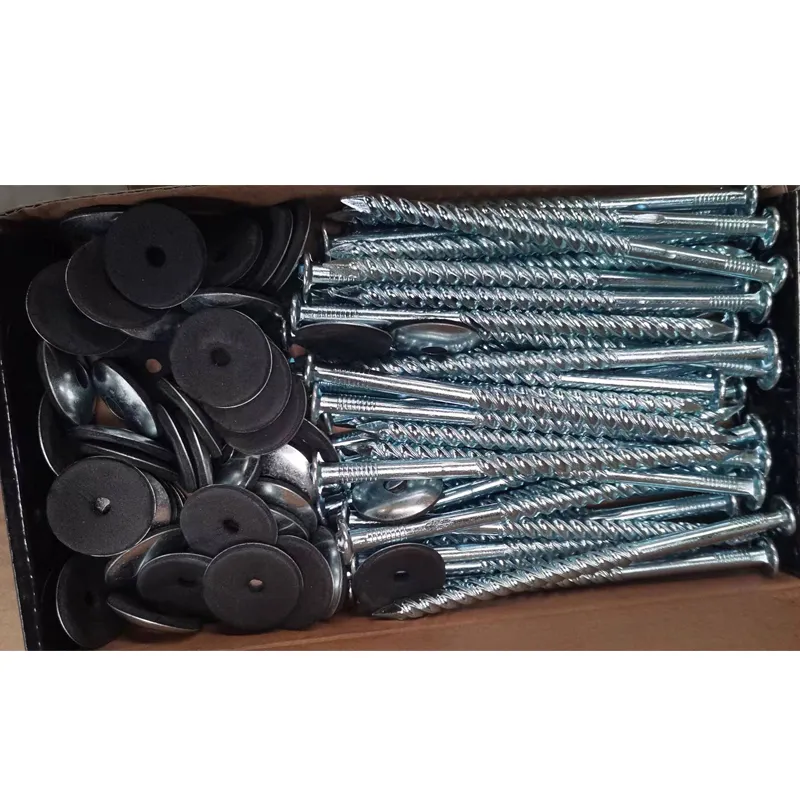Aug . 20, 2024 01:58 Back to list
Building a Durable Retaining Wall with Gabion Boxes for Landscape Stability
The Benefits and Applications of Gabion Box Retaining Walls
Gabion box retaining walls have gained popularity in construction and landscape design due to their versatility, durability, and aesthetic appeal. Made from wire mesh baskets filled with stones or rocks, these structures serve as an effective solution for soil erosion, stabilizing slopes, and creating visually attractive borders in both residential and commercial properties.
What are Gabion Boxes?
Gabion boxes are rectangular or cubic wire mesh containers that are filled with natural stone, gravel, or other materials. The wire mesh is typically made from galvanized steel or PVC-coated wire to ensure longevity and resistance to rust and corrosion. When filled and stacked, these boxes form robust walls that can withstand various environmental pressures.
Uses of Gabion Box Retaining Walls
1. Erosion Control One of the primary uses of gabion box retaining walls is to combat soil erosion. The heavy stones within the gabions absorb and dissipate the energy of flowing water, reducing the risk of soil washout. This makes them an ideal choice for areas prone to heavy rainfall and flooding.
2. Slope Stabilization Gabion walls provide lateral support and prevent soil movement on steep slopes. By offering structural support, they can hold back soil, preventing landslides and maintaining the integrity of landscapes. This is particularly useful in hilly regions and along roadsides.
3. Aesthetic Landscaping Beyond their structural benefits, gabion walls can enhance the visual appeal of a property. The natural stones within the gabions blend seamlessly with the environment, offering a rustic charm that complements both modern and traditional landscapes. They can be used to create decorative boundaries, raised plant beds, or even seating areas.
gabion box retaining wall

4. Cost-Effective Solutions Gabion box retaining walls are often more cost-effective than traditional concrete walls. The materials used for filling can be sourced locally, and the installation process is generally simpler. This can save both time and labor costs, making them an attractive option for budget-conscious projects.
5. Environmental Benefits Gabion walls are environmentally friendly as they allow for drainage and vegetation growth. Water can permeate through the stones, reducing the risk of hydrostatic pressure build-up, which can occur in solid walls. Additionally, these structures can be planted with grasses or other vegetation, further enhancing their integration into the natural environment.
Installation Process
The installation of gabion box retaining walls typically involves several key steps
- Site Preparation Clear the area where the wall will be constructed, ensuring it is stable and well-drained. - Foundation A solid base is essential for the effectiveness of the wall. Often, a trench is dug to hold the gabion boxes. - Assembly Gabion boxes are assembled on-site, filled with stones, and tightly secured. It’s crucial to compact the stones efficiently to maximize strength. - Stacking The filled boxes are stacked and secured, often using wire ties to ensure stability. - Finishing Touches Once installed, additional stones or soil can be placed around the structure for a more natural appearance.
Conclusion
Gabion box retaining walls are an innovative solution for various construction and landscaping challenges. Their blend of functionality and aesthetic appeal makes them a preferred choice for many homeowners and contractors. With their environmental benefits and cost-effectiveness, gabion walls can help create safe, attractive outdoor spaces that withstand the test of time while harmonizing with nature. Whether you're looking to stabilize a slope or enhance your garden's beauty, gabion box retaining walls offer an excellent option worth considering.
-
The Power of Iron Wire: A Versatile Solution for Multiple Applications
NewsJun.19,2025
-
Reliable Hydraulic Fittings for Optimal Performance
NewsJun.19,2025
-
Quality Roofing Nails for Every Project
NewsJun.19,2025
-
Hexagonal Wire Mesh: Versatile and Durable Solutions for Every Project
NewsJun.19,2025
-
Enhancing Security with Barbed Wire Solutions
NewsJun.19,2025
-
Binding Wire: The Essential Material for a Variety of Applications
NewsJun.19,2025









